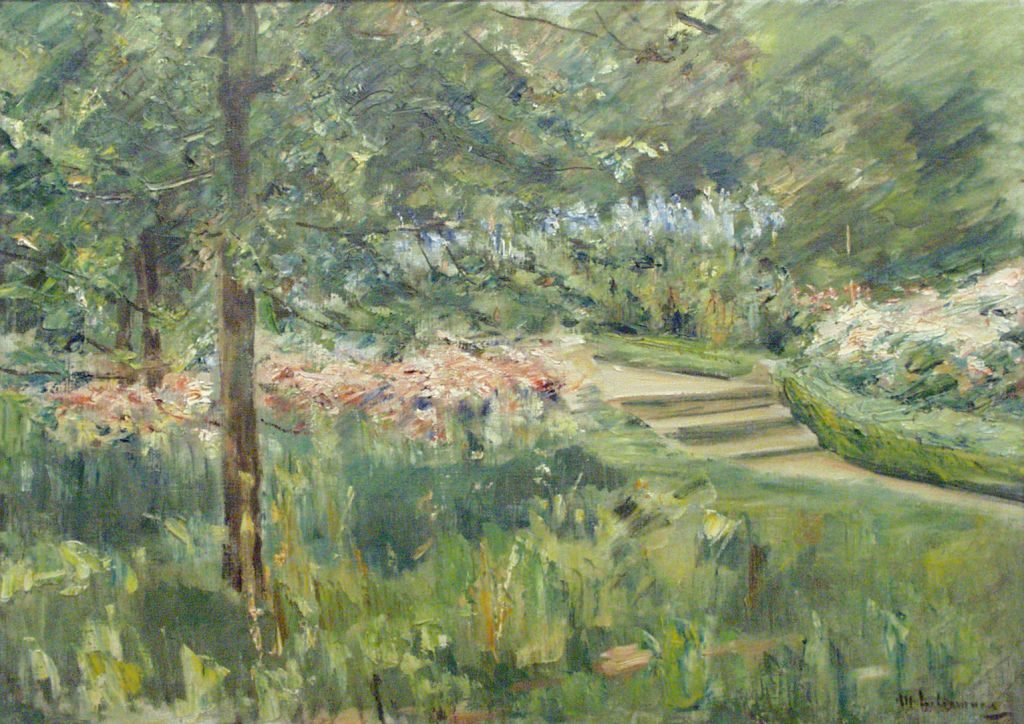Law & Politics
Israel Takes Larger Role in the Search for Nazi Looted Art
Organizations within the state of Israel are stepping up their efforts to help in the recovery of Nazi-looted art and artifacts.

Organizations within the state of Israel are stepping up their efforts to help in the recovery of Nazi-looted art and artifacts.

Alexander Forbes

Organizations within the state of Israel are stepping up their efforts to help in the recovery of Nazi-looted art and artifacts. According to a report released by the dpa on Tuesday, Germany and Israel recently agreed to further collaboration on the issue of restitution in bilateral talks that covered a wide range of issues.
Even before the agreement, two experts from Yad Vashem and the Israel Museum were sent to assist the German team working to uncover the provenance of works from Cornelius Gurlitt’s collection. 458 of the 1280 artworks found in Munich are thought to potentially be Nazi loot, according to the task force. Gurlitt’s lawyers claim that no more than 3% of the works recovered are potentially Nazi loot.
European museum authorities, provenance researchers, and the lawyers of claimant heirs alike rely increasingly on archival materials to provide specific proof of ownership previous to raids by Nazi forces for the purpose of restitution. According to officials in Berlin’s government, the Jewish states’ institutions hold some of the most extensive stores of such archival materials. Principle among those collections is that of the Israel Museum in Jerusalem. Thus, cooperative research agreements could provide increasing opportunities for verification and restitution.
Back in Israel, efforts of Hashava—a company founded by the state eight years ago to help locate any assets of Holocaust victims located in Israel—have been on the rise. The foundation met with directors of the country’s major museums in January to develop a strategic plan for a full investigation of their collections such that any looted artworks and artifacts can be returned to their respective heirs.
A major win for the restitution lobby came last May as part of a previous research effort by the Israel Museum. Max Liebermann’s 1923 canvas Garden in Wannsee was successfully restored to heirs of its original owner, Max Cassirer, after a photograph was found showing the paining on display in Cassirer’s Berlin home prior to Nazi looting.
Since the picture was the Israel Museum’s premiere example of Liebermann’s work, which they had come to through the Jewish Restitution Successor Organization just after the war, the organization swiftly reacquired it for their permanent collection. The painting was one of more than a dozen works that the museum has restituted since Israel signed the Washington Conference Principles in 1998.